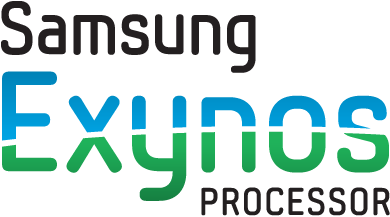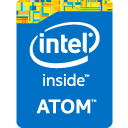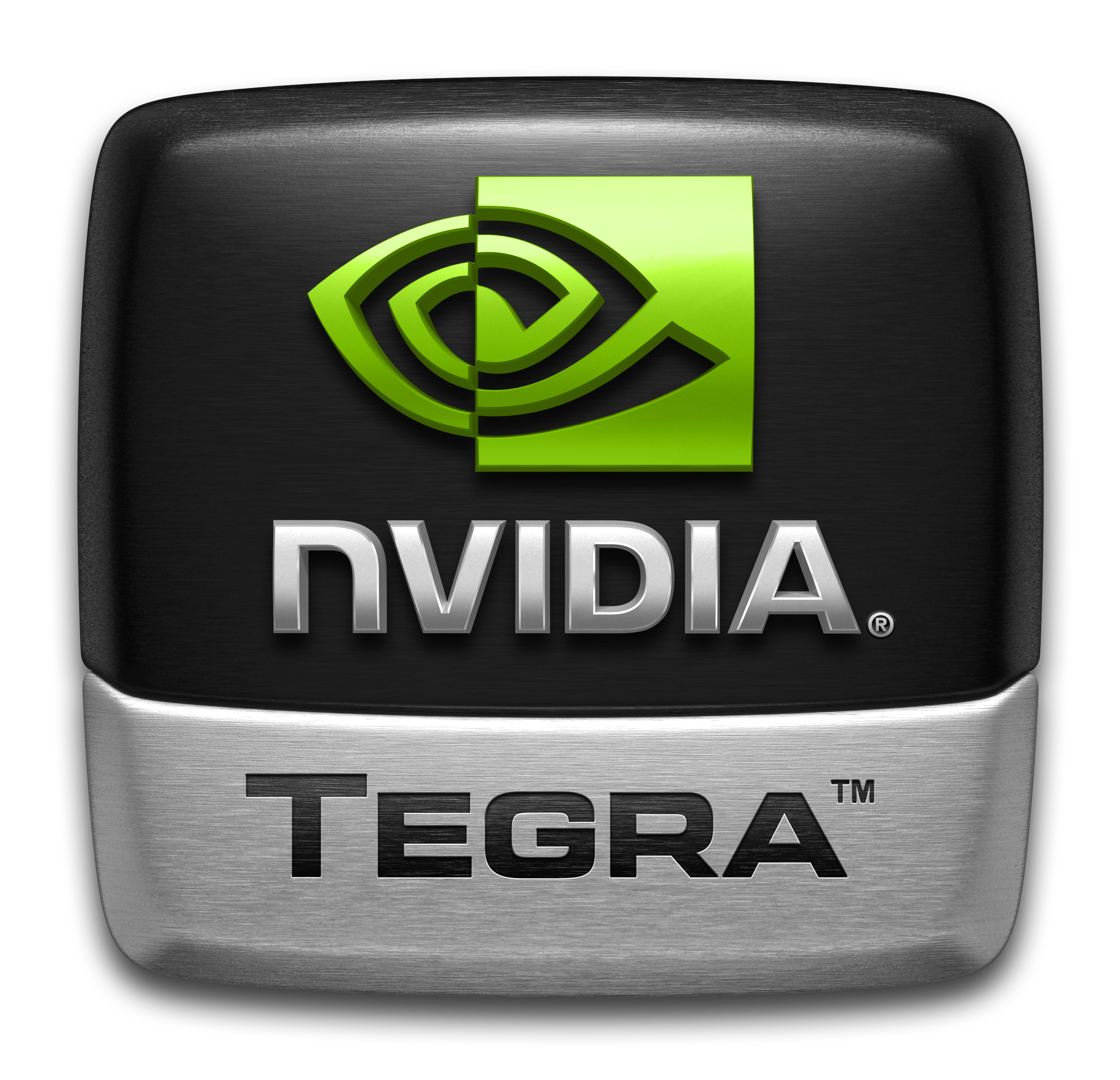Qualcomm Snapdragon

The Snapdragon line is the most popular SoC found in smartphones. They have four major models, Snapdragon 200, 400, 600 and 800.

The Snapdragon line is the most popular SoC found in smartphones. They have four major models, Snapdragon 200, 400, 600 and 800.
The 200 series is found in low end budget phones. They are mostly dual core and have under-clocked Adreno GPUs. While good enough for everyday use, playing games might dictate the use of a faster processor and only 720p video playback is supported. But one advantage of this line is the stellar battery life of the phones using it.
The 400 series is the mainstream line found in many mid end phones. They are quad core and have a decent Adreno GPU. They can also encode and playback 1080p videos and run almost all applications without any problems. Battery life does take a slump due to its performance and on prolonged heavy load, the CPU tends to get hot.
The 600 series is a relatively new series of 64bit SoCs. There are quad and octa core processors under this line and very fast Adreno GPUs capable of running displays upto a resolution of 2048x1536. Cameras upto 21 Megapixels are supported and while it packs a punch, the battery life takes a huge toll and humongous amounts of heat is released. Due to this reason phones sporting the 400 series are more popular than the 600.
The 800 is the flagship of the Snapdragon line found in the fastest phones. They have both 32 and 64 bit processors and very fast Adreno 420 GPUs capable of playing the most intensive games at the highest resolutions without lag. The camera supports 4K recording and the GPU can run quadHD screens with support for external 4K displays. Battery life doesn't take a toll too and it stays pretty cool.

Exynos is Samsung's own line of SoCs found mainly in their Galaxy line of smartphones. These have upwards of four cores and nippy Mali GPUs. While there may be more cores, battery life doesn't take a hit and neither is there any substantial release of heat.
Exynos 7 is the latest SoC found in the Galaxy S6 range and the Note 5.

Unlike other SoCs that use ARM based CPUs, Intel uses x86 based processors from its netbook processors. This leads to very low battery usage in phones using the Atom SoC. The graphics are handled by either PowerVR GPUs or Intel's own HD Graphics.
The Moorefield Z3530 and Z3560 quad core SoCs are found in many Asus devices like the Zenfone 2 while the Merrifield Z3460 and Z3480 dual core SoC is used in Dell's Venue line of tablets. GPUs are from PowerVR and Intel
The latest Cherry Trail line of Atom SoCs like the quad core x7-Z8700 are found in Microsoft's Surface tablets. These feature Intel HD Graphics and support for x86/x64 Windows 8/10.

Tegra SoCs emphasise more on mobile gaming performance than on battery life. As a result the custom made Nvidia GPUs are the fastest on the market which leads to exceptional gaming performance while not making an impact on the battery life
Tegra 4 is found in devices like the XOLO Play Tab with 4 CPU and 72 GPU cores. Battery life isn't exceptional but the performance is.
Tegra K1 is found in the Nexus 9 tablet. It has a GPU as fast as a GeForce 630 M, a low end laptop GPU and also features a 64 bit processor
Tegra X1 is the latest SoC from Nvidia and is the heart of Nvidia SHIELD. It features an 8 Core CPU and a whooping 256 Core GPU and can run 4K Displays at 60 Hz.

This Taiwanese manufacturer makes budget SoCs found in many budget phones and tablets. They have a huge array of SoCs ranging from dual to deca cores with GPUs coming from PowerVR or Mali.
Helio is the flagship SoC line of MediaTek and features the octa core Helio X10 and the deca core Helio X20. The company promises improved battery performance by dedicated light cores to light tasks and reserving the more powerful cores to more intensive applications. The X10 runs on PowerVR GPUs and the X20 on Mali.